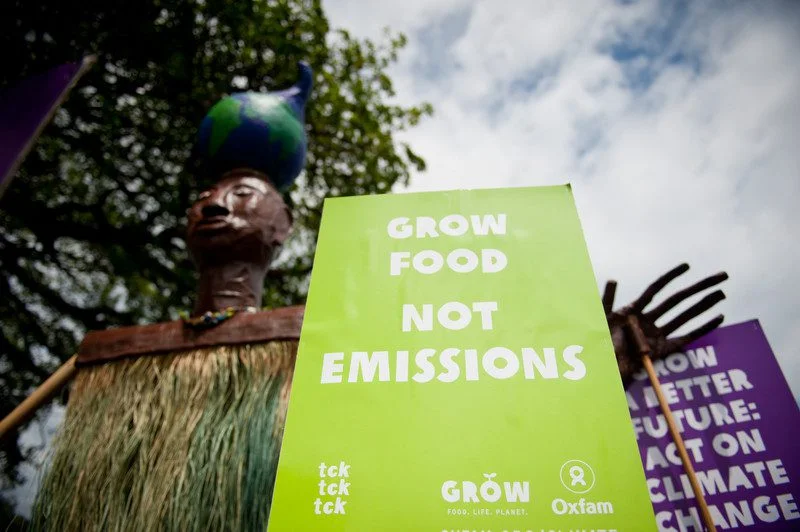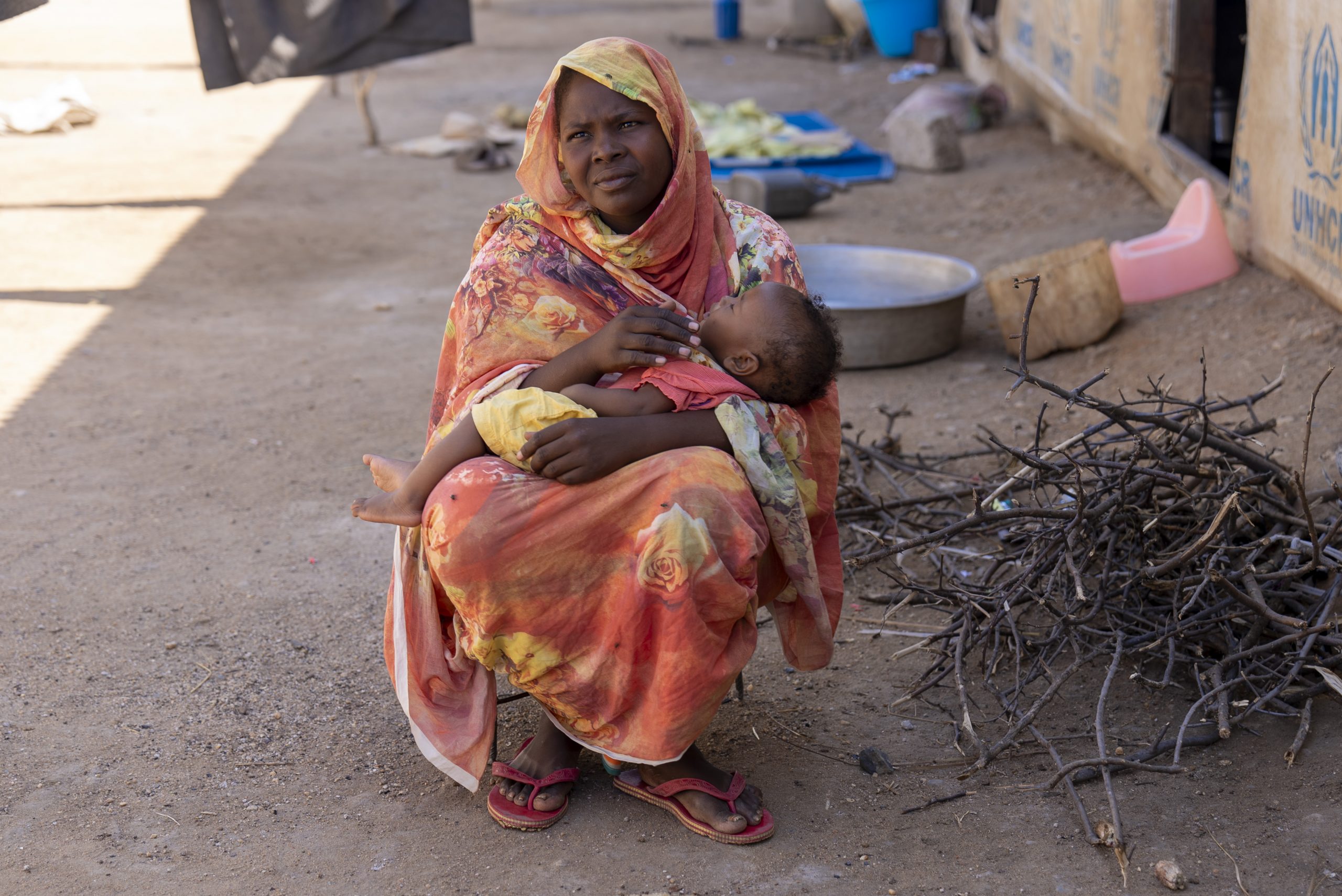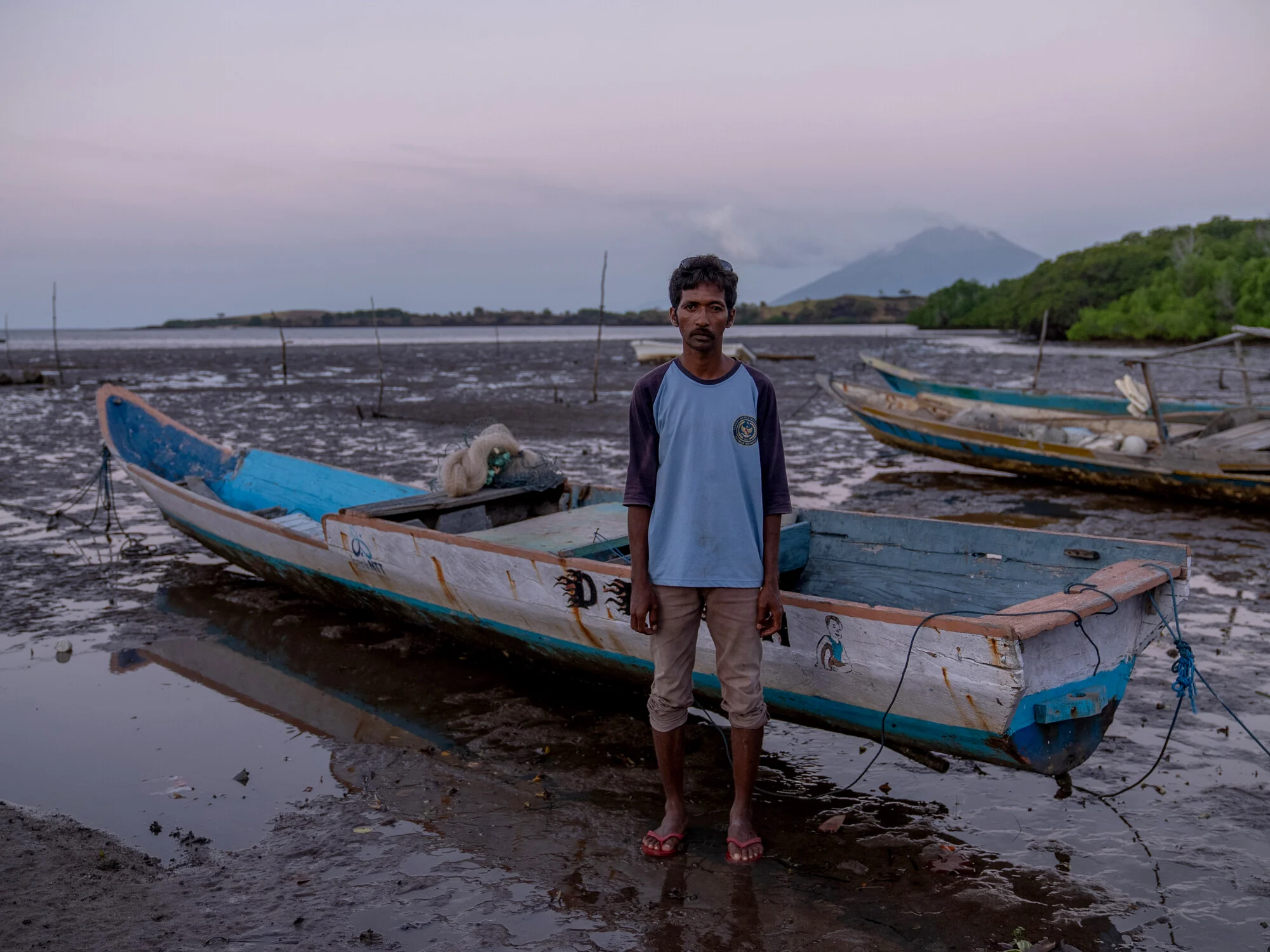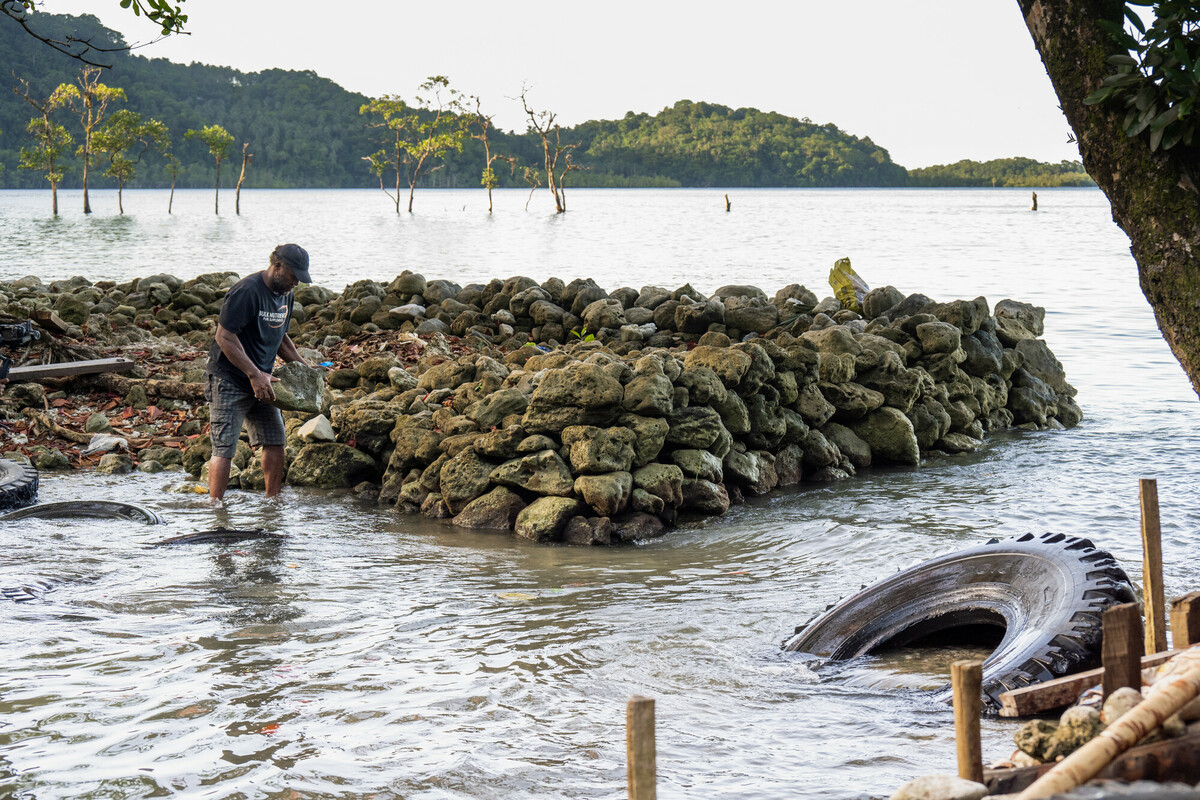Remember how you felt in 2007 when we belatedly ratified the Kyoto Protocol? The broad community support for our signing of Kyoto was accompanied by a strong sense of relief that finally Australia was onboard with international efforts to tackle climate change. In doing so, we provided hope to many of the world’s poorest and most vulnerable nations who are increasingly feeling the impacts of our changing weather patterns.
Now, five years on, the first phase of Kyoto is about to come to an end. But if anything, the case for immediate and strong action on climate change is even more urgent. This means it’s now time for Australia to get behind phase two, or the “second commitment period”, of the Kyoto Protocol. This is vital as a stepping stone to the future establishment of a comprehensive global agreement on climate change.
And a poll released this week continues to show strong voter support to sign Kyoto and be part of international agreements on climate change. The poll showed 58% of voters in support and just 21% against.
Since 2007 we’ve seen countries as small as the Maldives and as large as China begin real efforts to cut greenhouse emissions and play their part towards ensuring a safe climate for the future. We’ve seen global investments in renewable energy overtake those in fossil fuels. And at last year’s UN climate summit in Durban, governments agreed to begin negotiations on a new legally binding treaty to apply to all countries, to be finalised by 2015.
But there’s a problem. Unbelievably, Australia, unlike other major parties to Kyoto, still has not committed or signed up to Kyoto phase 2. Kyoto is the world’s only existing legally binding climate treaty and a vital bridge to a more effective and inclusive agreement.
From West Africa to China, Oxfam has witnessed communities being ravaged by droughts, floods and a series of weather-related natural disasters – a dire trend consistent with what we’ve been told to expect in a warming world.
“Kyoto 2” does not commit Australia to anything more or less than we have already pledged. There is bipartisan commitment to our Kyoto targets. Signing up is simply agreeing to be bound by them. Greg Hunt, the Opposition’s spokesperson on climate action, has just declared the Coalition’s support for a second commitment period. So what has the Government to lose?
Kyoto is not enough to ensure a safe climate. But it remains an important stepping stone. Signing up would signal that Australia is serious about a global solution to climate change. Not signing risks damaging the prospects of progress at the next UN Climate summit in Doha in December.
Kyoto remains proof that international cooperation on climate change is possible. Its continuation is vital if the world is to take action on climate change to the next level.
*So far, the 27 countries that make up the EU as well as Norway and Switzerland have indicated they will sign up to a second commitment period.
by Simon Bradshaw, Oxfam Australia Climate Change Advocacy Officer



